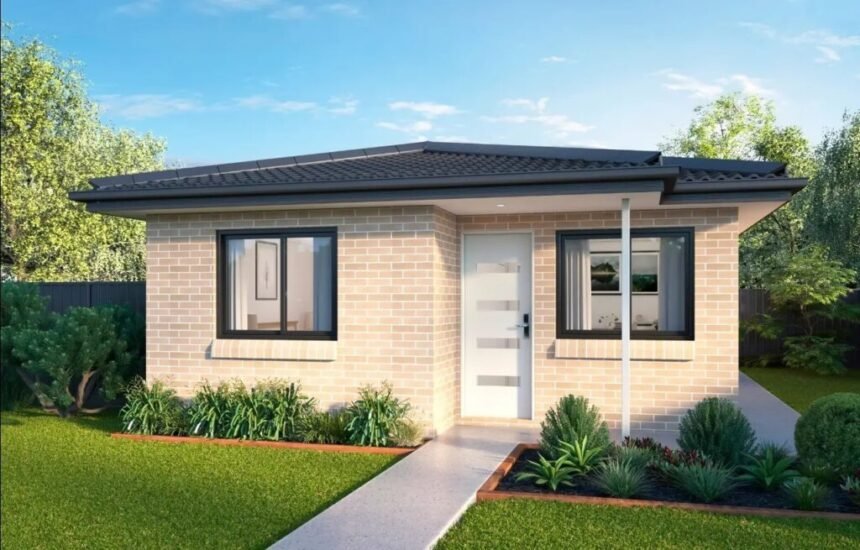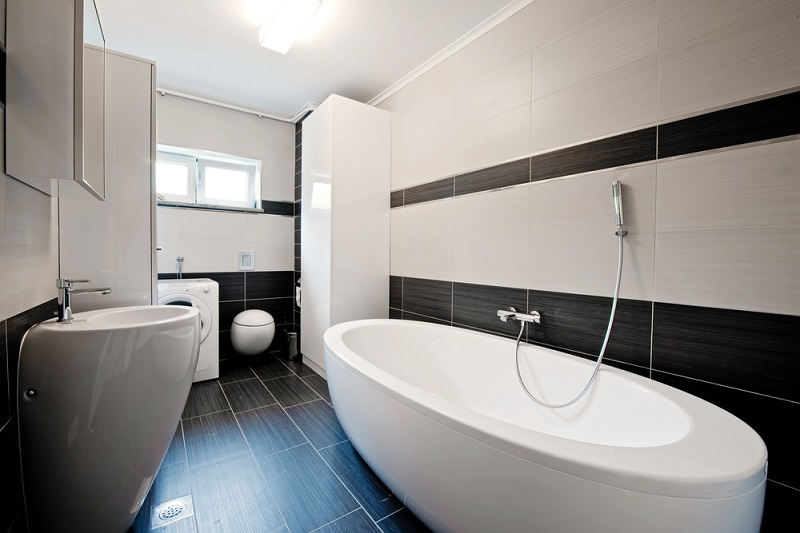Cabins have become synonymous with rustic charm, cozy retreats, and an opportunity to reconnect with nature. From the traditional log cabin in the woods to luxurious modern cabins perched atop mountains, cabins offer a diverse range of experiences for all types of travelers. Whether you’re seeking an off-grid experience or a luxurious getaway, there’s a cabin type for every personality and preference.
But what exactly makes a cabin? The term “cabin” is often associated with small, simple structures designed for temporary or vacation stays. Over time, though, cabins have evolved into more than just humble wooden shelters; they now encompass a wide variety of architectural styles, amenities, and locations that cater to different needs.
This blog will explore the many different types of cabins, highlighting their unique features and ideal uses. From the smallest of tiny cabins to grand luxury retreats, we’ll cover it all. Whether you’re looking for a weekend escape, a family vacation, or a romantic getaway, understanding the different cabin types can help you choose the perfect place for your next adventure.
Historical Significance and Construction Style
The log cabin is perhaps the most iconic type of cabin, evoking images of pioneers building their homes in remote areas. The construction of a log cabin typically involves using logs, often made from locally sourced wood, stacked horizontally to form walls. The logs are interlocked at the corners, providing a durable and insulating structure. In many ways, these cabins are not just places to stay; they represent the resilience and resourcefulness of early settlers.
Today, traditional log cabins are still built using these methods, though modern construction techniques may add insulation and modern amenities. These cabins often feature large, hand-hewn beams and rough-hewn wood finishes, contributing to their rustic, timeless charm.
Key Features
- Wood Material: The defining feature of a log cabin is, of course, the logs themselves. The use of wood creates a warm, natural atmosphere that blends well with the surrounding environment.
- Rustic Design: The interior of a log cabin tends to be cozy and rustic, with wooden floors, stone fireplaces, and large windows to bring in natural light.
- Fireplace or Wood Stove: Many log cabins feature a wood-burning fireplace or stove, creating an inviting, warm atmosphere perfect for cold evenings.
- Porches and Decks: It’s common to find porches or decks with rocking chairs or hammocks—ideal for sitting outside and enjoying nature.
Combining Comfort with Nature
Luxury cabins have become increasingly popular in recent years, offering an upscale version of the traditional cabin experience. These cabins feature high-end materials and sophisticated designs that create an opulent atmosphere without sacrificing the natural beauty that makes cabins so appealing. Imagine staying in a cabin with panoramic windows, a private hot tub on a spacious deck, and a state-of-the-art kitchen.
Key Features
- Hot Tubs and Saunas: Many luxury cabins feature indulgent amenities like hot tubs, saunas, and private pools, ensuring a relaxing and rejuvenating experience.
- Gourmet Kitchens: These cabins often come with fully-equipped kitchens, complete with high-end appliances, offering guests the opportunity to cook and entertain in style.
- Expansive Views: Luxury cabins are typically built in prime locations, offering breathtaking views of mountains, lakes, or forests from every room.
- Smart Home Technology: Some luxury cabins are equipped with smart home technology, including automated lighting, climate control, and security systems.
Best For
Luxury cabins cater to those who want to enjoy the tranquility of nature while still having all the comforts and amenities of a high-end vacation. Whether it’s a honeymoon, a romantic retreat, or a special family gathering, these cabins offer the ultimate in comfort and privacy.
Design Characteristics
A-frame cabins have a distinctive triangular shape with steeply sloped roofs. This design is often associated with modern cabins and is perfect for those who want an open, airy interior with an abundance of natural light. The sharp angles of the roof are not just aesthetic; they help prevent the accumulation of snow or rain, making A-frame cabins particularly popular in snowy regions.
Key Features
- Open Space: The interior of an A-frame cabin often features an open floor plan, with a large central living space that may include a loft area for sleeping.
- Large Windows: The steep roof and design allow for large windows that offer unobstructed views of the surrounding landscape.
- Efficient Use of Space: The compact design of A-frame cabins often makes them ideal for smaller groups or families.
Best For
A-frame cabins are perfect for minimalist travelers, nature lovers, and anyone seeking a simple yet stylish retreat. The design is especially well-suited to locations that emphasize outdoor activities like hiking, skiing, and stargazing.
Conclusion
Tiny cabins are great for solo travelers, couples, or anyone who wants to disconnect from the hustle and bustle of modern life. They are also ideal for those looking to downsize or live in a more eco-friendly, sustainable way.



